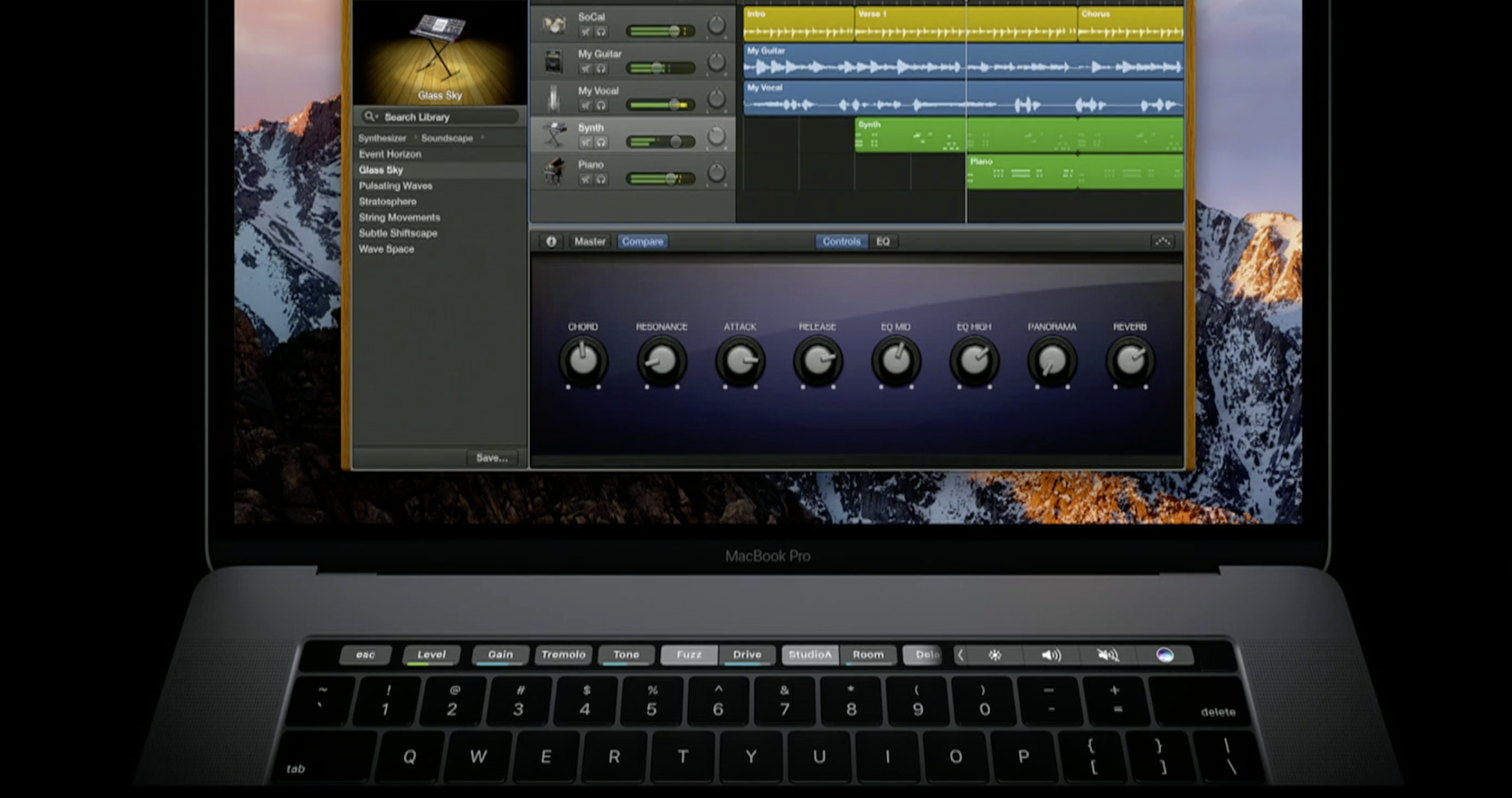
This suggests that the next version of Logic will have GarageBand iOS tools, and there could be greater flexibility when transferring projects between the two programs.
GARAGEBAND FOR MAC REVIEW PRO
It’s a pattern-based way of making music, similar to hardware like an MPC or Native Instruments’ Maschine, and even more similar to the clips view in Ableton Live (a software competitor to Logic Pro X).

In GarageBand, Live Loops is used to build musical ideas by layering loops of audio or MIDI in a cell grid. The image that Apple mistakenly published shows GarageBand’s Live Loops function and XY effects pads operating in Logic Pro X. And GarageBand iOS has a bunch of tools for making music with screen tapping - like Beat Sequencer and Live Loops - that don’t appear in the desktop version or in Logic Pro X. For example, exporting a Logic Pro X file to GarageBand bounces the entire thing as a stereo audio file. But it’s not a seamless experience, and each has unique features the other doesn’t support. You can use GarageBand on your phone to add layers to an existing Logic Pro X project or start a project in GarageBand and finish it in Logic Pro X. The two programs already talk to each other to a degree, which is useful. Meanwhile, Logic Pro X is a $199 desktop-only software designed for professionals.

GarageBand is free, fairly easy to use, and works on both iOS and desktop. The image has since been replaced on Apple’s website, but a cache of the page on Wayback Machine confirms it’s real.Įven though GarageBand and Logic Pro X are both music-making DAWs (digital audio workstations), there are a lot of fundamental differences. Yesterday, a Reddit user noticed that Apple’s education products webpage showed a version of Logic with ported functions from Logic Pro X’s little software brother, GarageBand. It looks like big updates are coming to Apple’s professional music software, Logic Pro X.


 0 kommentar(er)
0 kommentar(er)
